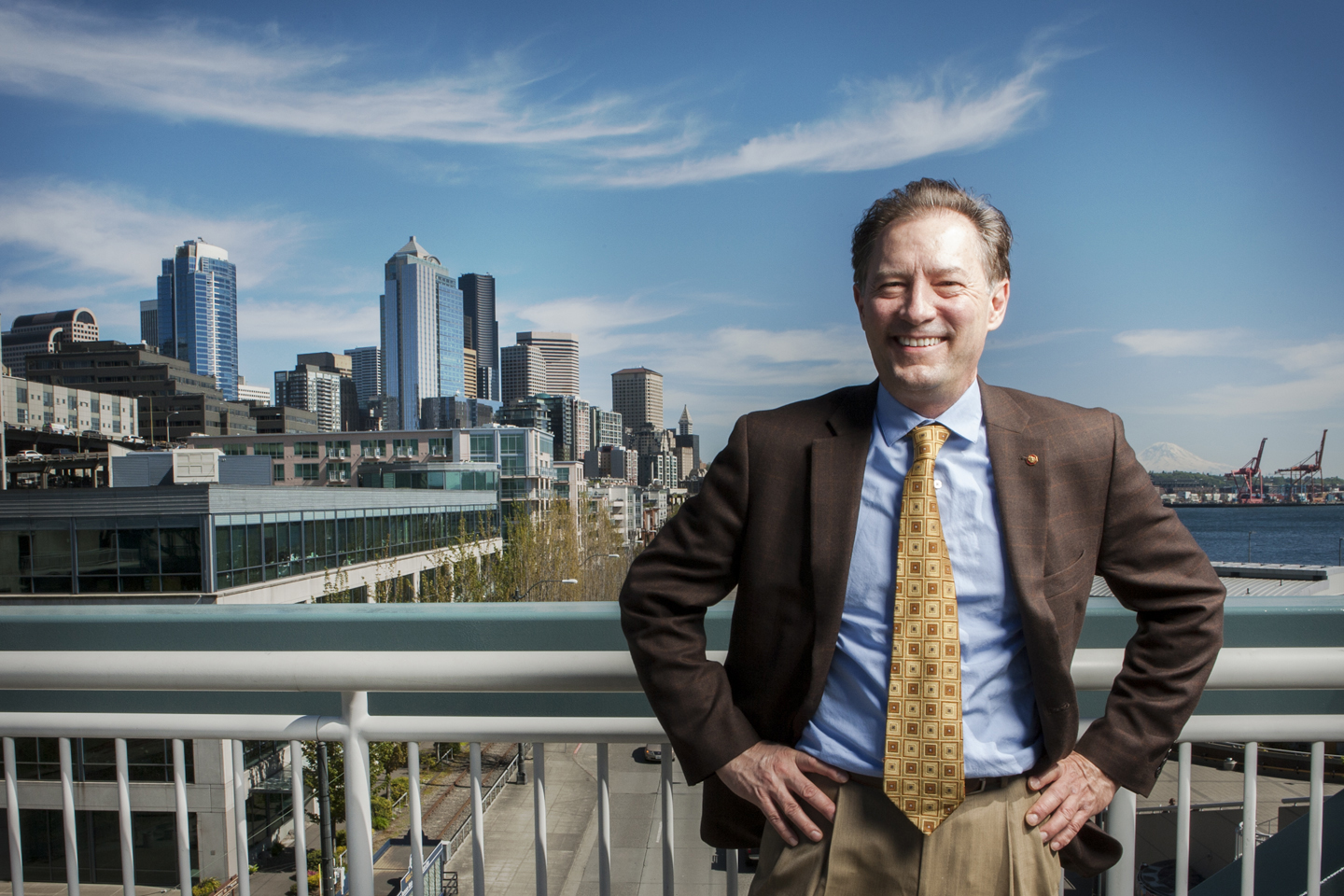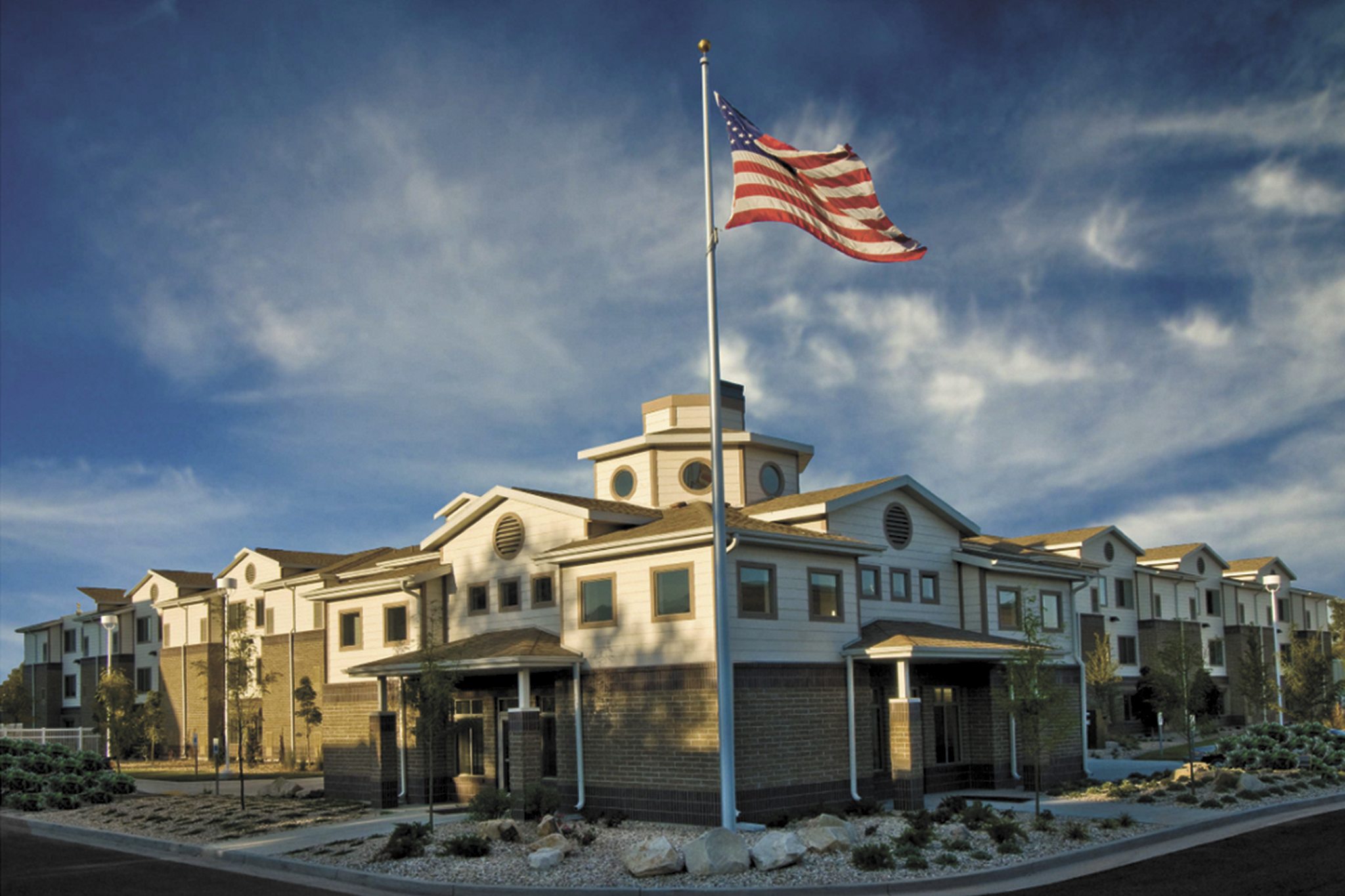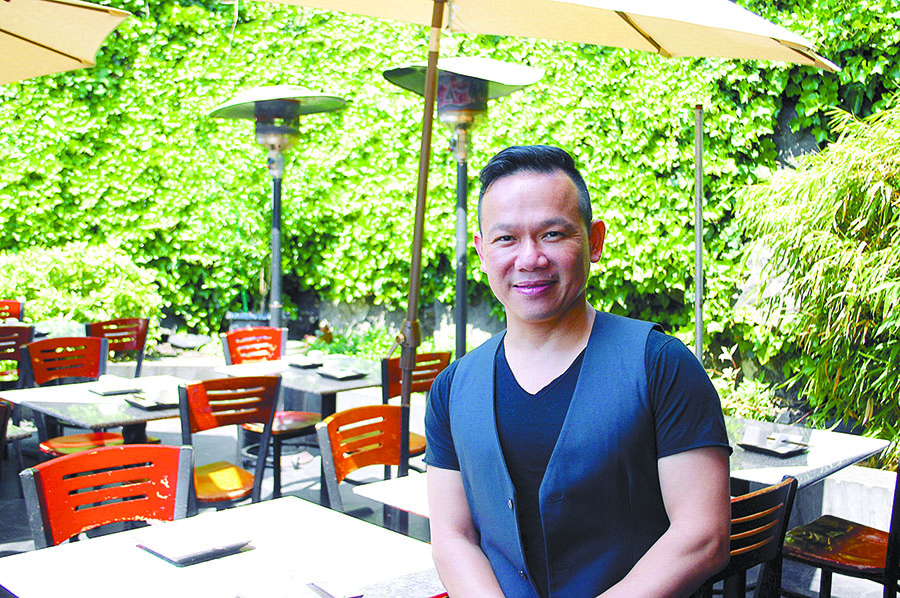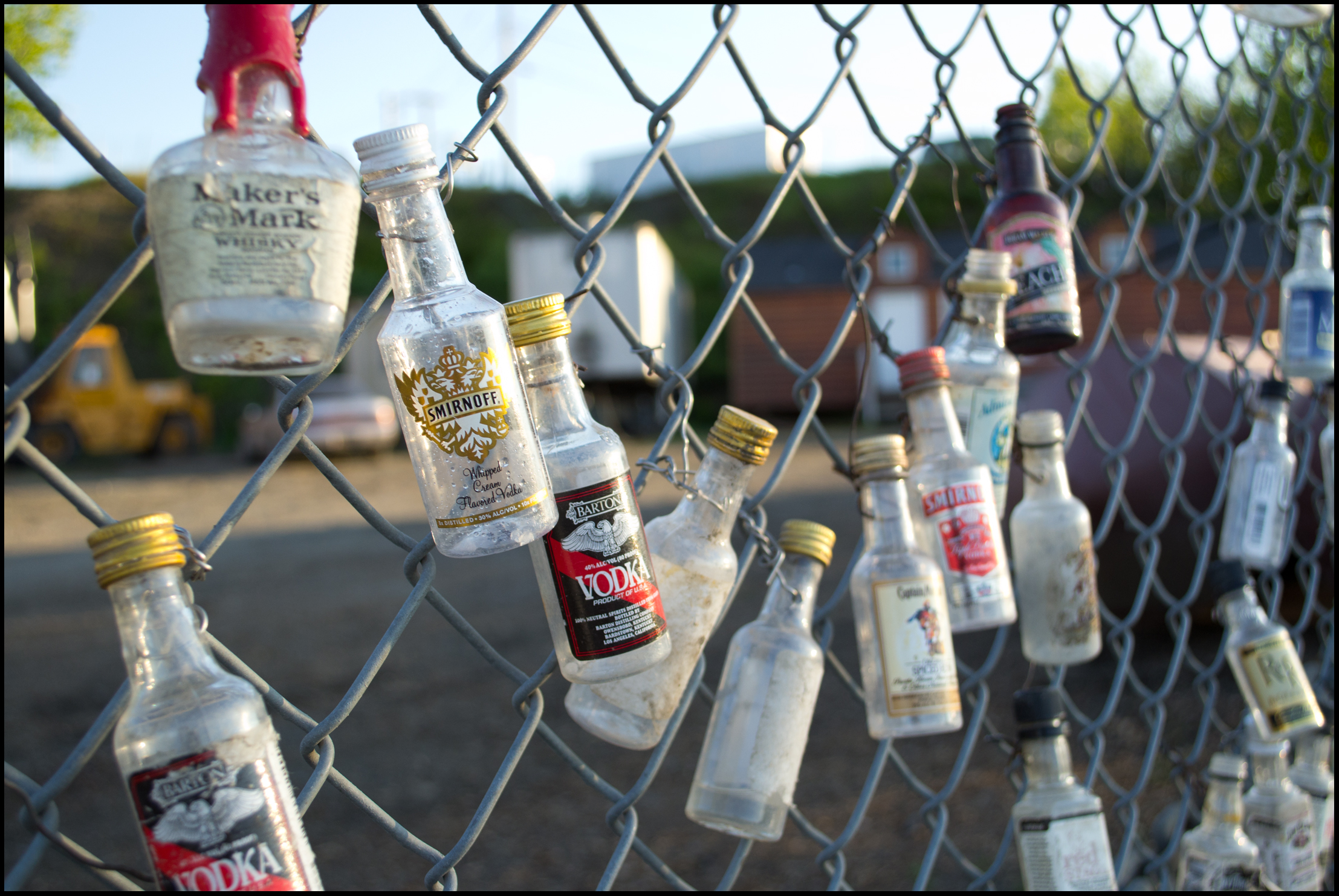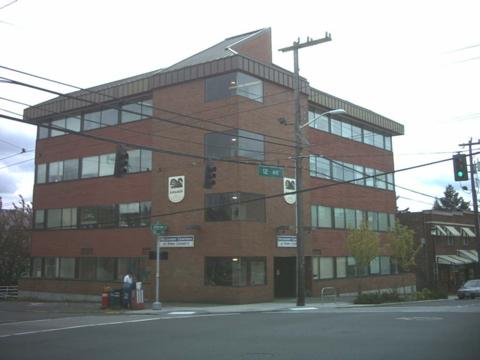Editor’s Note: This is the first in an occasional series looking at Seattle’s candidates for mayor.
When talk turns to Peter Steinbrueck’s prospects of becoming the next mayor of Seattle, the question becomes: Is he yesterday’s man—a nostalgic voice for those who long for a city less gung-ho on reinventing itself—or the candidate whose eye for history, architecture, and urban planning makes him the dark horse to bet on?
Steinbrueck was an early favorite to take City Hall in 2009, when an embattled Greg Nickels faced tough re-election odds. At the time, Steinbrueck was two years removed from his decade-long tenure on the City Council, which he entered with a reputation as a firebrand environmental activist—the unabashed liberal populist who co-authored CAP, the Citizens’ Alternative Plan to limit high-rise growth downtown. His name alone would have made him the highest-profile contender in the race, and it still has currency: Steinbrueck, son of Victor Steinbrueck, the famous Seattle architect and UW professor who saved Pike Place Market and has a park named after him.
But he decided against running for the office.
“Yes, a lot of people felt assured I’d win, but there were family things, and I just wasn’t eager to jump back into public life,” Steinbrueck, who got divorced last year, says in a recent interview at his Pike Place Market office. Instead he accepted a prestigious fellowship at Harvard University’s Graduate School of Design. “I wanted to reorient and refresh. It wasn’t the right time. But now I’m ready and fully prepared to take this on. I think the prospects are good for an architect to win, what with billions of dollars of public works projects coming on line.”
A short, boyish-faced man who looks younger than his 55 years, Steinbrueck is the only native-born Seattleite in the race, and his name recognition, he says, coupled with strong neighborhood connections, may pack enough political punch to compensate for his inability, to date, to compete with the others for campaign contributions: Steinbrueck has raised $62,000 as of last week, trailing five contenders in the money race.
Then again, current mayor Mike McGinn carried the day without a lot of cash, relying instead, as Steinbrueck will, on grass-roots support and a strong ground game. It also helps that he’s an engaging and passionate campaigner, and at candidate forums often makes a lasting impression as an intensely thoughtful critic with the requisite City Hall experience and political savvy to lead the city.
Early on, Steinbrueck broke with the pack when he declared his opposition to the proposed SoDo location for a new basketball arena to house the Sonics if they returned, saying it would create a traffic nightmare and harm the Duwamish industrial and manufacturing base. The Rainier Valley or the Eastside, he said, were more appropriate sites. On April 29, when the news broke that a committee of NBA owners had voted against Seattle’s getting the team, Steinbrueck—who insists he’s not anti-basketball; his son “is a six-foot brawny point guard at Nathan Hale”—was quick to release a statement to say he was “relieved” by the NBA’s decision. “It put too many good family-wage jobs, port shipping operations, and maritime businesses at risk.”
Later that evening at a mayoral debate at South Central Community College in Georgetown, the man who’d been a paid lobbyist for the arena-opposing Port of Seattle offered this answer to when and why he decided to run for mayor: “With almost a year of secret negotiations with a private investor that led to a unilateral decision to place a sports facility in the heart of the Duwamish industrial district—that was over the top for me.”
Politically daft as it may seem to oppose an arena that could usher in a new Sonics era, the stance earned him early endorsements from industrial groups and the politically potent maritime union, the Sailors’ Union of the Pacific.
But it’s neighborhoods that Steinbrueck is banking on most, saying those are his greatest strength.
Steinbrueck, who lives in a Ravenna co-op, senses a kind of backlash among residents to the high-density mantra that’s now in vogue—more specifically, to the traffic snarls and pedestrian headaches it has spawned.
“I get irked when people ask, ‘Don’t you represent “Lesser Seattle?’’ ’ No, what I am saying is that true urbanism requires more than density. There is a wrong way and a right way of doing it,” he says. “The right way includes good architecture, walkable streets, green spaces, good lighting, and combining employment with access to transit and affordable housing.”
He says South Lake Union, today a veritable construction camp, is ripe for more density, but has criticized the city for, in his view, allowing Paul Allen’s Vulcan Development to “dictate development.”
On police issues, Steinbrueck turns his attention not to big-picture reforms but to getting beat cops back on the block. “What we need is neighborhood policing,” he says. “I want more block watches, more cops walking the streets who have a real knowledge of the neighborhood they’re in. We also need to do a better job of recruitment and training.”
Steinbrueck’s path to finishing first or second in the August 6 primary is a tricky one that hinges on how much angst voters feel about the direction Seattle is taking. As Seattle Weekly founder David Brewster put it on Crosscut, his campaign is in effect a referendum “on the New Seattle Order.”
Most political observers say Steinbrueck is going to have a tough time winning the majority of the so-called liberal vote he’ll badly need, as it will likely be divided among candidates McGinn, Ed Murray, and Bruce Harrell. Steinbrueck, though, dismisses Harrell’s chances; says Sen. Murray “has been here locally for 15 years”; and asserts that the incumbent mayor has shown “ineffective leadership” and “been too narrow on his focus.”
“It’s going to come down to me, [Tim] Burgess, Murray, and McGinn,” he speculates. “And I think I got the neighborhoods, and that can go a long way in me winning this.”
